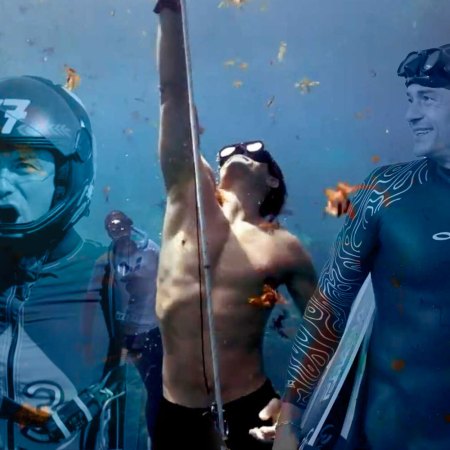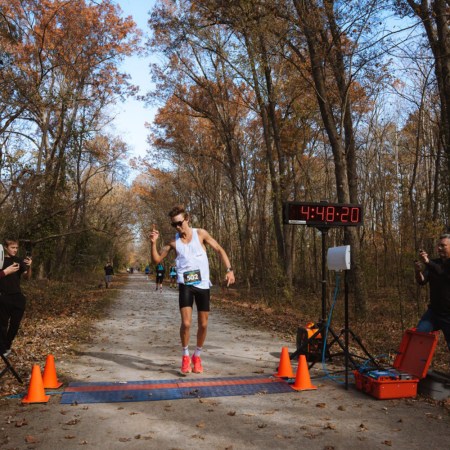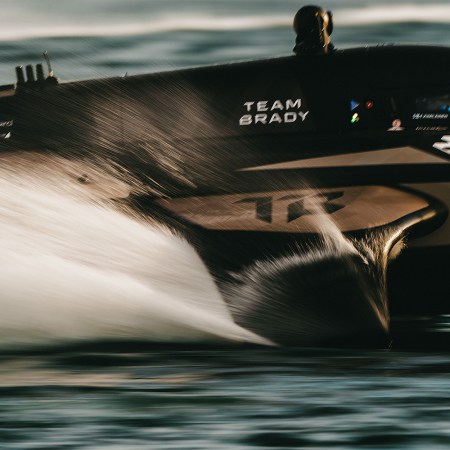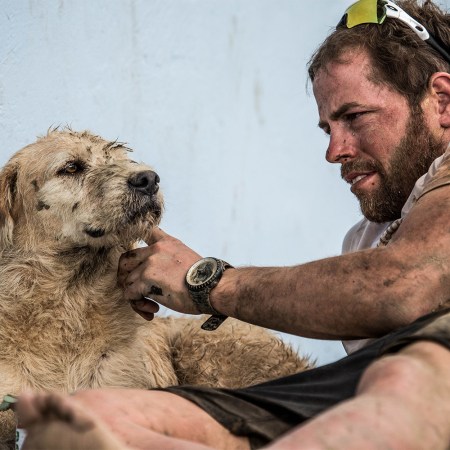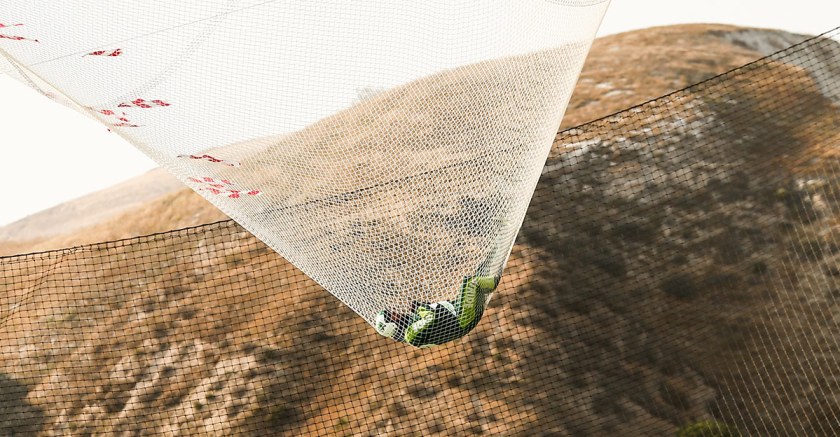
Question: What do you call a skydiver who doesn’t use a parachute? If your answer is (a) stupid, (b) suicidal, or (c) splat, then you probably haven’t heard of 43-year-old Luke Aikins.
This past July, the professional skydiver, BASE jumper, and pilot jumped out of an airplane at 25,000 feet—without a parachute strapped to his back—and survived to tell the tale. Wisely, his target wasn’t solid ground but actually a giant, 100-by-100-foot net, which he still had to direct himself toward. Falling speed: about 150 mph.
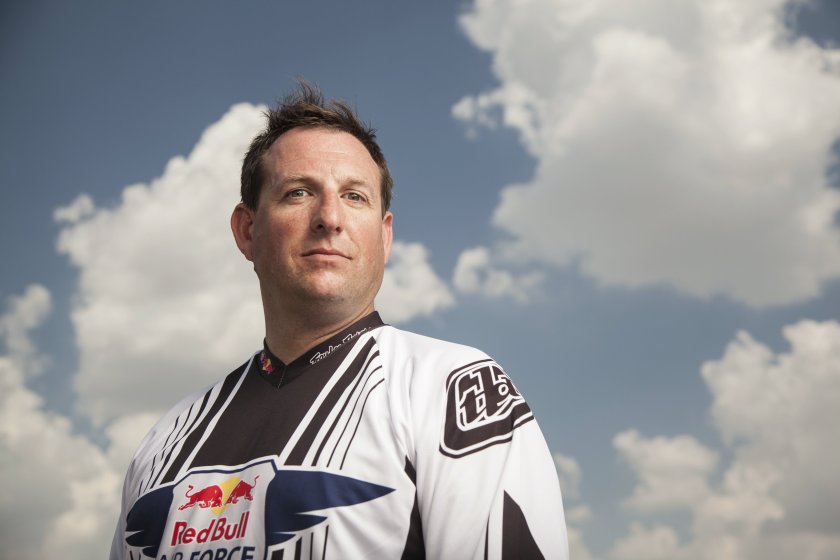
Here’s Aikins telling GQ‘s Nathaniel Penn what it was like when he first jumped out of the airplane:
“The airplane’s actually going forward much faster than you’re going down, so in the first second, you drop 16 feet down, but you’re probably going 300 feet forward. I start moving toward the center a little bit. To do that, we have to angle our bodies, our heads down a little bit so that we have surface area behind our center of gravity rather than in front of it. To go backward, you do the exact opposite. And the same thing right and left. I’m in the right area, within 1,000, 2,000 feet horizontally of where I want to be.”
Sounds complicated, right? No wonder Aikins admitted to Penn that he actually had serious doubts about going through with the stunt just minutes before it was about to happen. Says Aikins:
“It takes about 30 minutes to reach altitude, and on the way up, I had about a minute of thinking to myself: What the hell am I doing? This is stupid! I have a son! I have a wife! The sports psychiatrist I worked with had told me that I was gonna experience a moment like that. I had structured my payments into thirds—the first for agreeing to do the jump, the second for training, and the last for doing it. If I didn’t jump, I just wouldn’t have gotten that last third. I didn’t want money weighing on my decision in that moment.”
To read Aikins’ full description of the jump, which he spent two years planning, go here.
Watch the full jump below. (To watch an extended version of the jump, complete with audio and a commentator, go here.)
Whether you’re looking to get into shape, or just get out of a funk, The Charge has got you covered. Sign up for our new wellness newsletter today.
